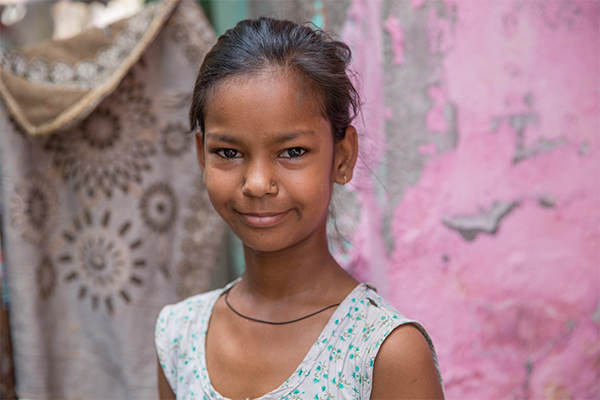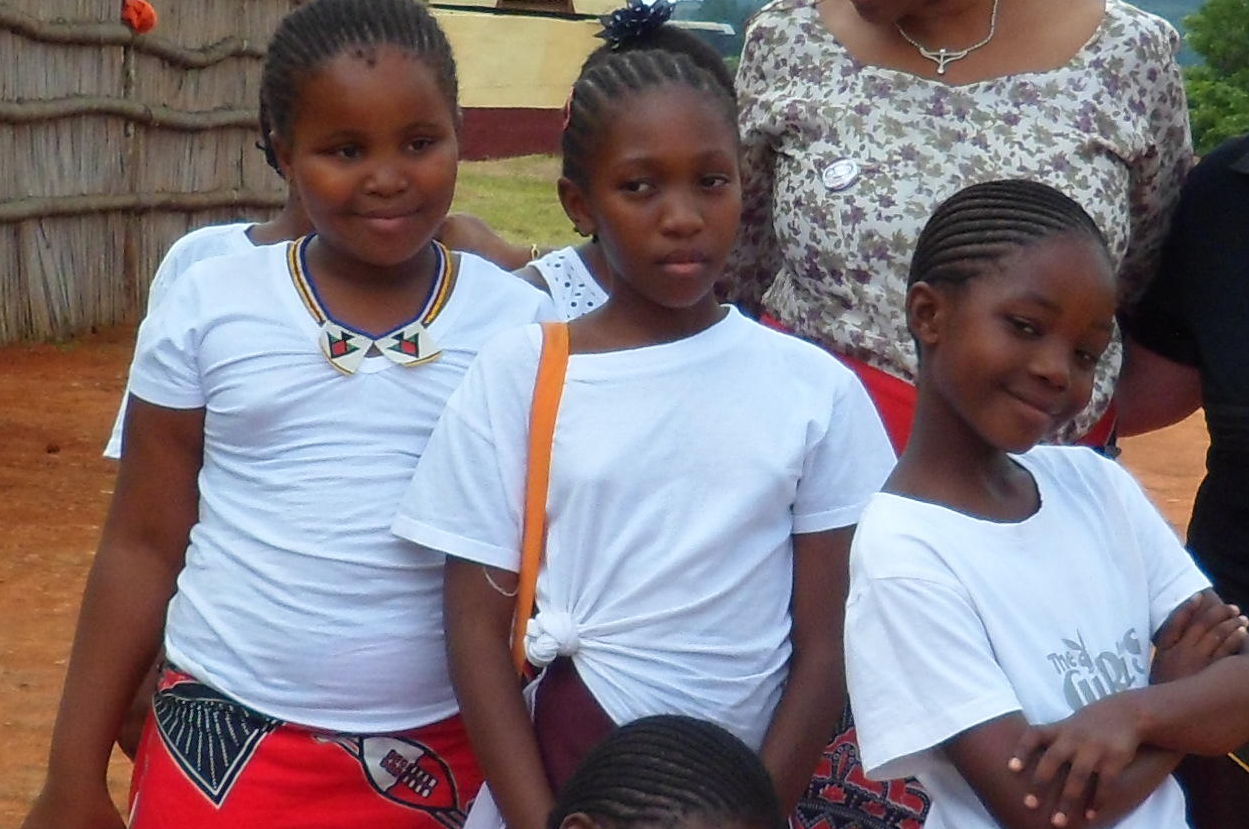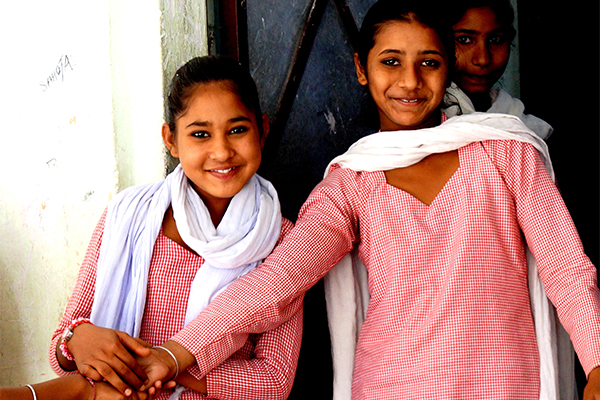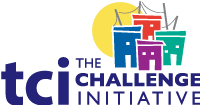AYSRH Toolkit
Advocating for Youth-Friendly Cities- Home
- Help and Support
- Close
- Toolkits
- Global Toolkit
- AYSRH Toolkit
- Hub Toolkits
- Core High-Impact Practices
- Gender Essentials Mini Course
- Close
- Resource Collection
- Community of Practice
- Coaching
- Log In/Register
- My Profile
- English
Multisectoral Collaboration and Resource Mobilization for AYSRH Programming
What is it?
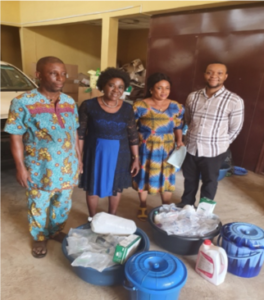 Effective resource mobilization is critical for the future sustainability of adolescent and youth sexual and reproductive health (AYSRH) programming. Similar to TCI family planning programs, this often starts with advocacy efforts for increasing a budget line item for AYSRH. However, the sexual and reproductive health (SRH) of youth residing in urban environments is influenced by complex, layered issues and in most countries, various line ministries and departments are responsible for AYSRH programming. Any program attempting to provide SRH services in this complex context must build collaborative relationships across government sectors–including health, education, financial, gender/women’s empowerment, and social services–as well as between public and private organizations. TCI supports local governments to coordinate various public and private stakeholders responsible for AYSRH programming, bringing them together to review activities, identify gaps, and implement solutions, which ultimately leads to better use of limited resources for improving AYSRH.
Effective resource mobilization is critical for the future sustainability of adolescent and youth sexual and reproductive health (AYSRH) programming. Similar to TCI family planning programs, this often starts with advocacy efforts for increasing a budget line item for AYSRH. However, the sexual and reproductive health (SRH) of youth residing in urban environments is influenced by complex, layered issues and in most countries, various line ministries and departments are responsible for AYSRH programming. Any program attempting to provide SRH services in this complex context must build collaborative relationships across government sectors–including health, education, financial, gender/women’s empowerment, and social services–as well as between public and private organizations. TCI supports local governments to coordinate various public and private stakeholders responsible for AYSRH programming, bringing them together to review activities, identify gaps, and implement solutions, which ultimately leads to better use of limited resources for improving AYSRH.
What Are the Benefits?
- Financial and human resources are required to implement any AYSRH program.
- Better coordination of various line ministries and departments responsible for AYSRH programming helps address the root causes of poor SRH outcomes. Poor urban young people need multi-pronged interventions that address their economic, academic, and gender considerations in order to positively affect SRH behavior change. Programs that recognize and address the relationship between SRH and a complex web of factors in the environment of urban youth are more likely to be successful.
- A dedicated budget line item demonstrates a policy maker’s commitment to AYSRH programming, which helps prioritize it and ensures a sustainable level of funding from year to year.
- Ensures more efficient use of limited resources for programming, monitoring, and sharing results with government leadership to effectively advocate for more resources or support for AYSRH.
How to Implement?
Step 1: Identify and bring all relevant public and private sector AYSRH stakeholders together
After working with youth to identify their specific SRH barriers and concerns, it is critical to map local government agencies/bodies and organizations relevant to solving the problems. Key types of organizations to consider partnerships with include:
- Various government agencies/bodies focused on health, nutrition, HIV/sexual health, education, financial/budget, gender, and/or social services
- Youth-led or youth-focused organizations working on a variety of urban issues
- Local and international organizations working on education, poverty reduction, livelihoods, and/or food security, addiction/substance use, harm reduction, literacy and numeracy skills; in particular, organizations working to prevent teenage pregnancy or empower young women
- Private-sector organizations and associations working in SRH, including clinics and pharmacy associations [Link to Increasing Contraceptive Access to Adolescents and Youth through Pharmacies]
In the case of Nigeria, the following line ministries and departments are responsible for adolescent and youth programming:
- Ministry of Health
- Ministry of Women Affairs and Social Development
- Ministry of Education
- Ministry of Youth and Sports Development
- Ministry of Information
- Ministry of Budget and Planning
In India, TCIHC’s desk review of policies and programs that affect urban health found that, while many flagship programs have health-related components and the resources to carry them out, they are silo-ed from one another. As a result, TCIHC engaged all relevant stakeholders from the Ministry of Health & Family Welfare; Ministry of Women & Child Development; Ministry of Social Justice & Empowerment; Ministry of Labour & Employment; Ministry of Information & Broadcasting; Department of Drinking Water and Sanitation, Department of School Education & Literacy, Ministry of Human Resource Development; Department of Food & Public Distribution; Ministry of Consumer Affairs, Food & Public Distribution; Department of Youth Affairs; and Ministry of Youth Affairs & Sports to form a city consultation committee (CCC) to not only identify critical gaps in urban health, family planning, maternal and child health, etc. but also to develop a comprehensive city health plan together.
Youth representatives can be identified in a variety of ways. Please see TCI’s Youth Participation & Engagement approach to learn more.
Step 2: Review the budget cycle
Once all the stakeholders are identified, the various funding streams available for AYSRH programming as well as budget cycle processes and timelines are collaboratively determined.
Step 3: Strengthen the capacity of key stakeholders
This capacity strengthening may be in the area of budget planning, as experienced by India and Nigeria. Alternatively, it may entail providing capacity strengthening related to SMART advocacy and developing a group of advocates within as well as outside of local government to budget for an AYSRH-specific budget line. The ability to continue to monitor efforts and use that information to inform future strategies is critical.
In East Africa, TCI partnered with local governments to engage pharmacy associations to build the capacity of pharmacists in counseling on contraceptives.
Step 4: Develop an action plan for overseeing AYSRH programming and monitor regularly
To properly engage a group of multi-sectoral actors, establishing a mechanism for ongoing collaboration and ownership of the process is key. In most cases, the best way to do this is by organizing a meeting that convenes actors across various sectors on a routine basis. However, this takes ongoing coordination to make sure the date, time, and venue work for all partners, and that each meeting is able to lead to actionable outcomes.
In the case of East Africa, TCI programming is led and governed by a Program Implementation Team (PIT), made up of different stakeholders at the sub-county or municipal level. The PIT develops an annual workplan, then meets monthly to review progress and identify gaps and coaching needs and plan for the next month or quarter. In Francophone West Africa, a similar process is followed by a Steering Committee comprised of the mayor and health leaders of the district.
In the case of Nigeria, TCI supports the state government to domesticate the National Policy on the Health & Development of Adolescents & Young People in Nigeria by ensuring that an Adolescent Health Desk Officer (AHDO) is positioned either in the State Ministry of Health (SMOH) or the State Primary Healthcare Development Agency/Board (SPHCDA/B). TCI further helps the AHDO establish a State Technical Working Group on Adolescent and Young People’s Health and Development (STWGAYHD) as well as a 12-month multisectoral response workplan in line with their costed implementation plans for family planning and AYSRH objectives.
In India, the CCC meets quarterly or more regularly, depending on a particular city’s health plan.
|
Effective Advocacy Efforts Lead to Release of Funding for Niger State’s P2P Training for School Health Coordinators TCI facilitated the budget allocation and release for a peer-to-peer (p2p) training for 60 school health coordinators (teachers and guidance counselors), which was budgeted for in the 2018 FP Workplan under a section dedicated to AYSRH. To achieve this release, the Niger State Adolescent Health Desk Officer (AHDO), along with key stakeholders, including TCI and the Life Planning Ambassador for Adolescent and Youth (LPAY) focal person identified and prioritized adolescent health activities previously outlined for implementation. TCI then helped the AHDO draft and present a memo to the Director of the Niger State Primary Healthcare Development Agency requesting the release of funds to conduct the p2p training. Concurrently, the Niger State Advocacy Core Group (ACG) paid a courtesy visit to the Saving One Million Lives (SOML) Manager requesting funding. The ACG also used the opportunity to educate the SOML Manager onASYRH and its relevance. Following these advocacy engagements, Niger State approved the release of funds for the training. TCI also provided technical assistance to the AHDO during the training by helping her draft the agenda and facilitating several sessions. |
Tips:
- Often, these various stakeholders have not worked together before, so take time to develop rapport with them and introduce them to each other.
- Be familiar with any governance guidelines for AYSRH programming and make sure to familiarize the stakeholders with them.
- Celebrate early wins related to the multi-stakeholder engagement. This will help reinforce stakeholders’ sense of the importance of working together.
What Is the Evidence?
In 2001, the Centre for Enquiry Into Health and Allied Themes (CEHAT) developed Dilaasa centers, a model for integrated youth SRH and sexual and gender-based violence services in public hospitals in Mumbai. In attempting to secure the project’s sustainability and scale-up, CEHAT focused its advocacy on securing a budget line item in the National Rural Health Mission’s (NRHM) budget. In India’s decentralized health system, a budget line item at the national level paves the way for state-level budget advocacy. Since securing the line item, CEHAT has been able to set up 10 more Dilaasa centers in Maharashtra state, and other states are currently piloting the model for integration into their public health services. At the same time, CEHAT conducted advocacy together with the Municipal Corporation of Mumbai to secure the integration of the World Health Organization’s standards on public health systems’ responses to sexual and gender-based violence. Together, the budget and standards established a framework for a sustainable, integrated, high-quality public-sector response to sexual and gender-based violence in India that includes the provision of contraception to survivors.
TCI APP USERS PLEASE NOTE
You will only receive CERTIFICATES by email – when earning a score above 80% – and will not be able to view or print a certificate PDF from the TCI app.
Test Your Knowledge
Earn a Certificate
Quiz Summary
0 of 5 Questions completed
Questions:
Information
You have already completed the quiz before. Hence you can not start it again.
Quiz is loading…
You must sign in or sign up to start the quiz.
You must first complete the following:
Results
Results
0 of 5 Questions answered correctly
Your time:
Time has elapsed
You have reached 0 of 0 point(s), (0)
Earned Point(s): 0 of 0, (0)
0 Essay(s) Pending (Possible Point(s): 0)
Categories
- Not categorized 0%
- 1
- 2
- 3
- 4
- 5
- Current
- Review
- Answered
- Correct
- Incorrect
-
Question 1 of 5
1. Question
What are the benefits of multisectoral collaboration and resource mobilization?
CorrectIncorrect -
Question 2 of 5
2. Question
Various stakeholders include:
CorrectIncorrect -
Question 3 of 5
3. Question
Stakeholders are already used to working together and have a good rapport.
CorrectIncorrect -
Question 4 of 5
4. Question
How useful did you find the information and/or tools presented on this page? Please write your response in the box below using one of the following phrases: Very useful, Useful, Somewhat useful, Not useful.
Feel free to comment on why you made that choice.
-
This response will be awarded full points automatically, but it can be reviewed and adjusted after submission.
Grading can be reviewed and adjusted.Grading can be reviewed and adjusted. -
-
Question 5 of 5
5. Question
How do you intend to use the information reviewed and/or tools that you accessed?
-
This response will be awarded full points automatically, but it can be reviewed and adjusted after submission.
Grading can be reviewed and adjusted.Grading can be reviewed and adjusted. -
Approaches: Advocating for Youth-Friendly Cities
Resources
- The Partnering Toolbook, International Business Leaders Forum
References
See a listing of all AYSRH references.


